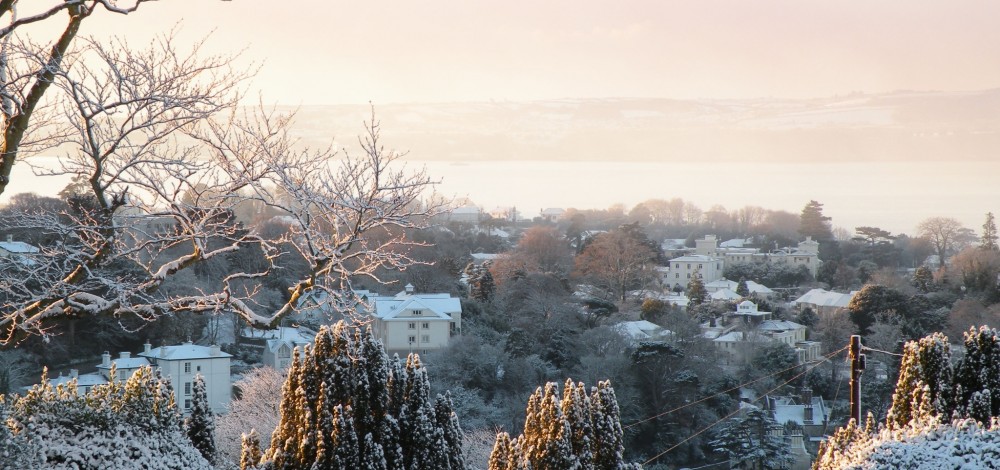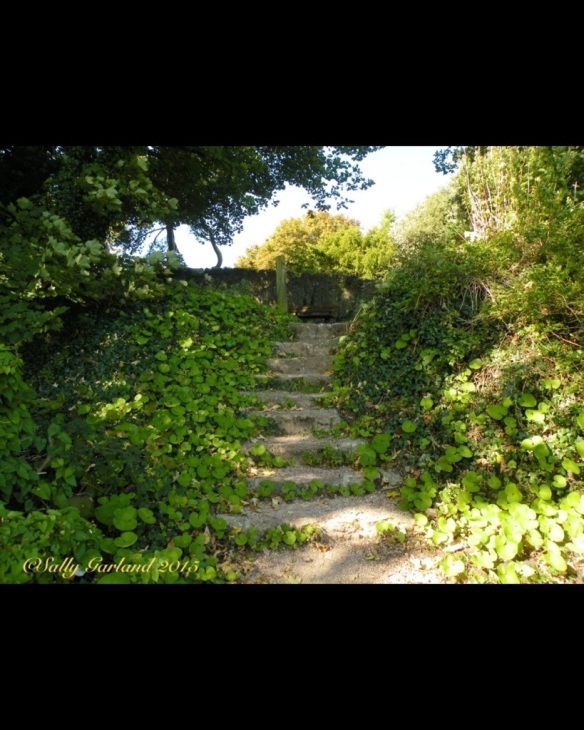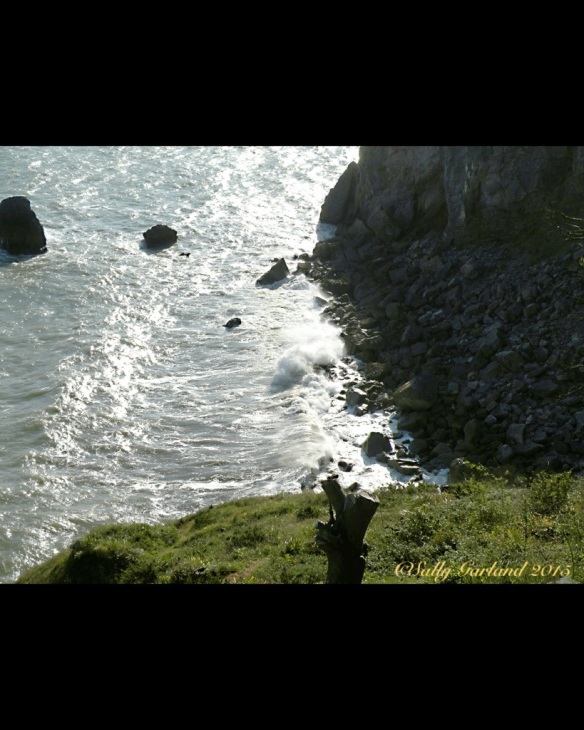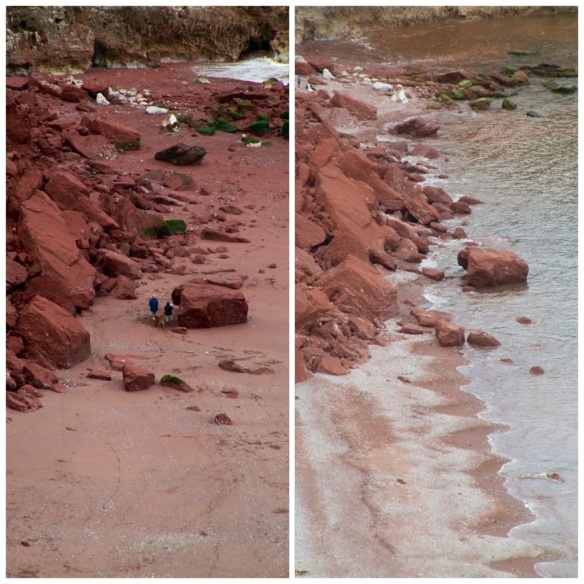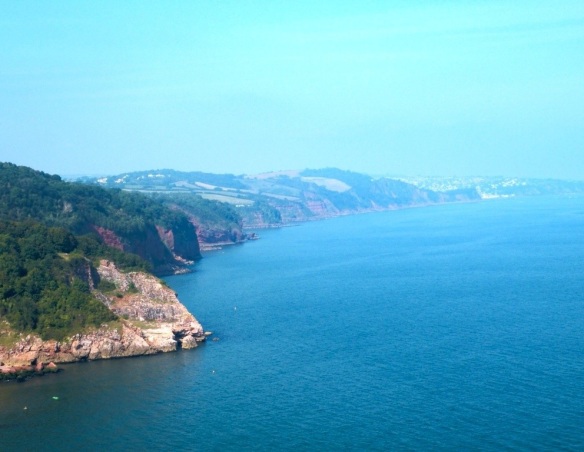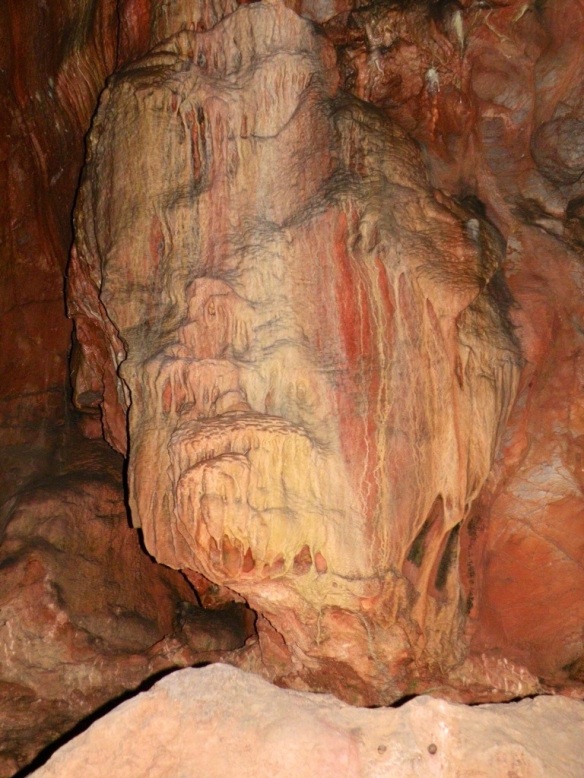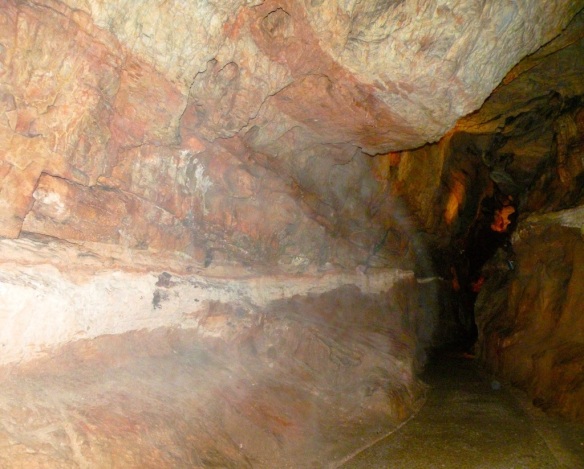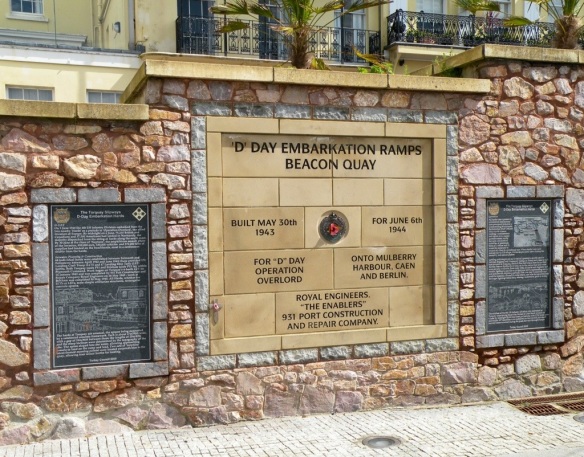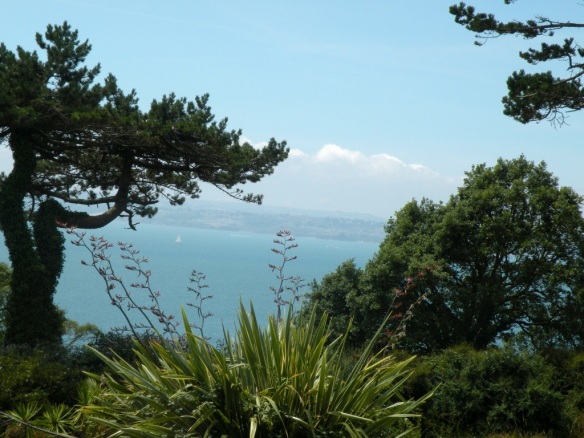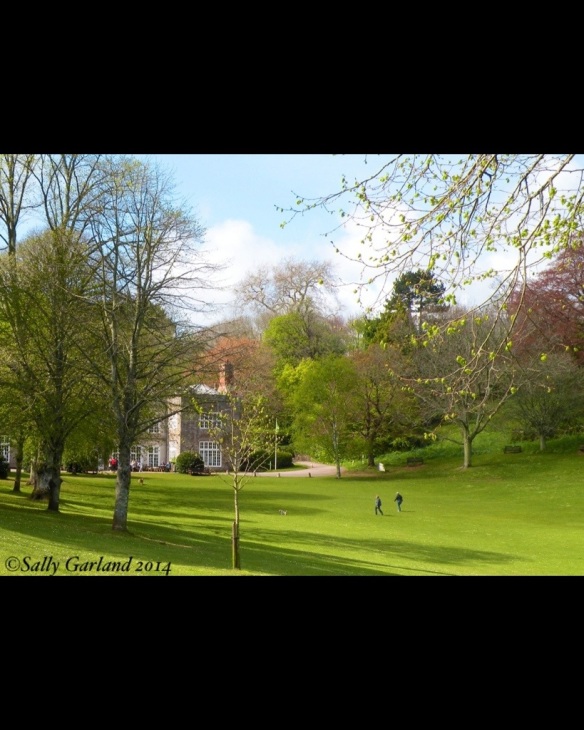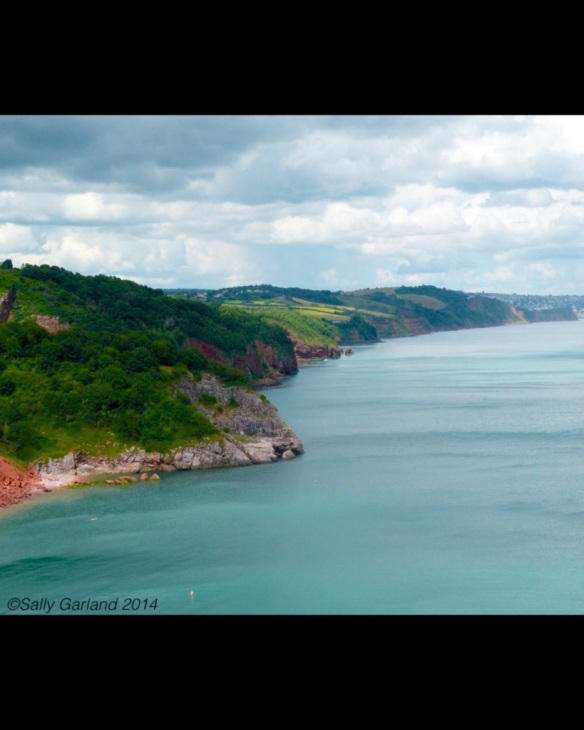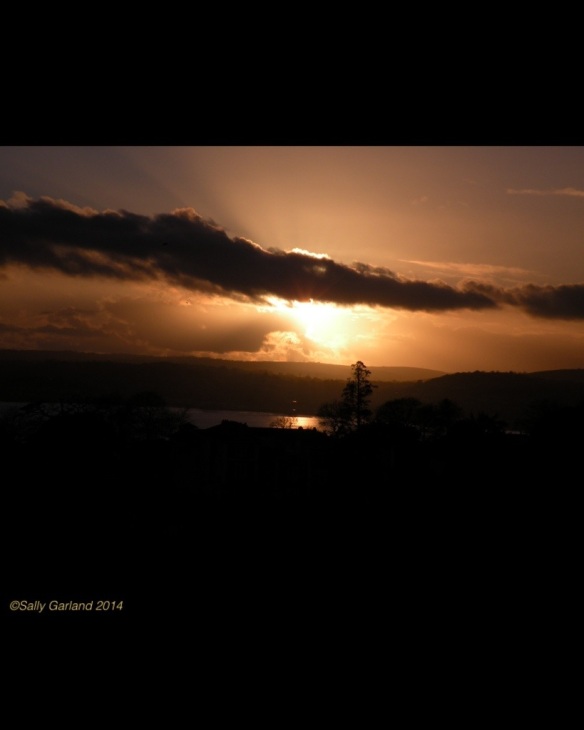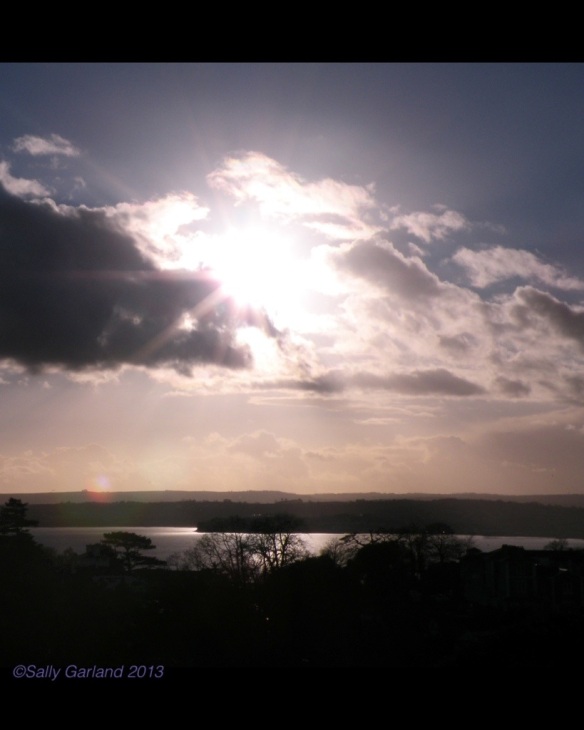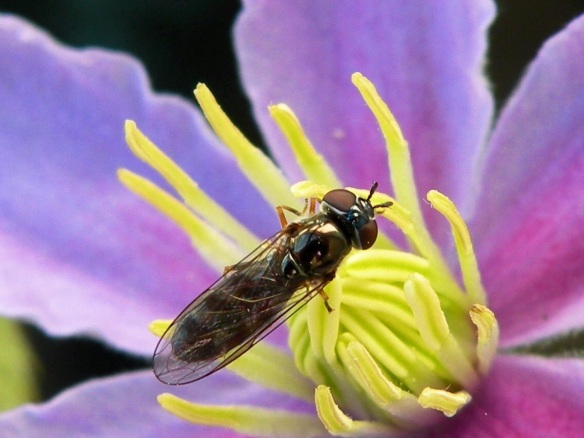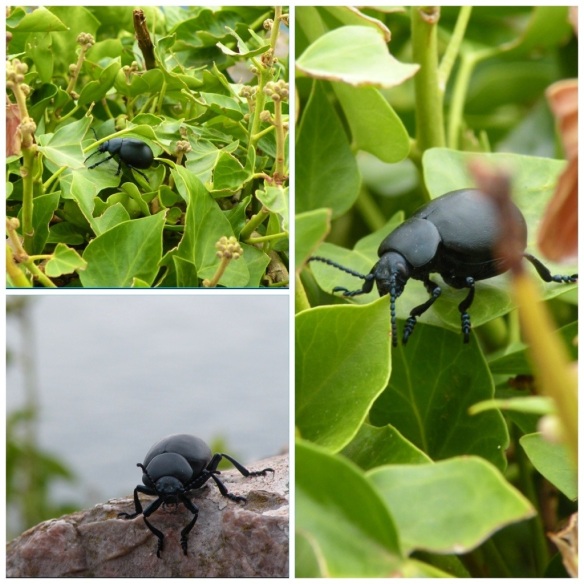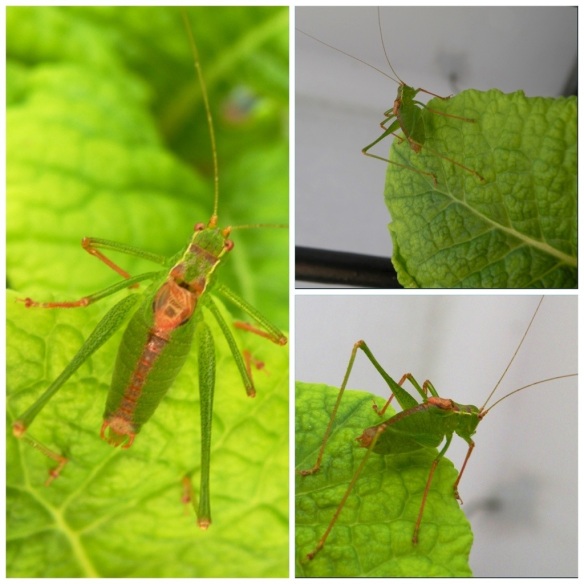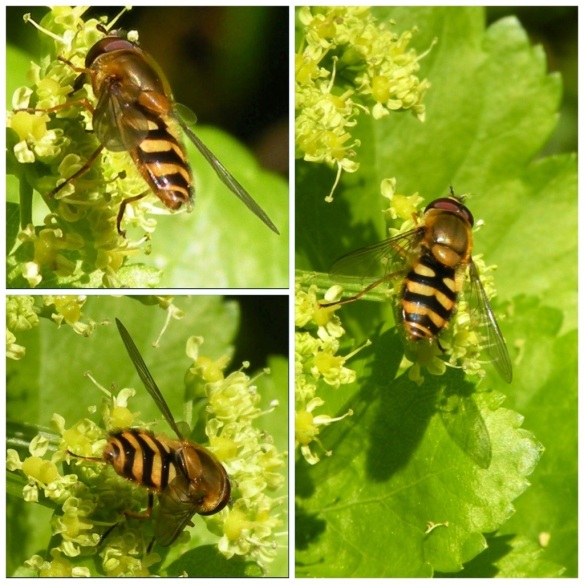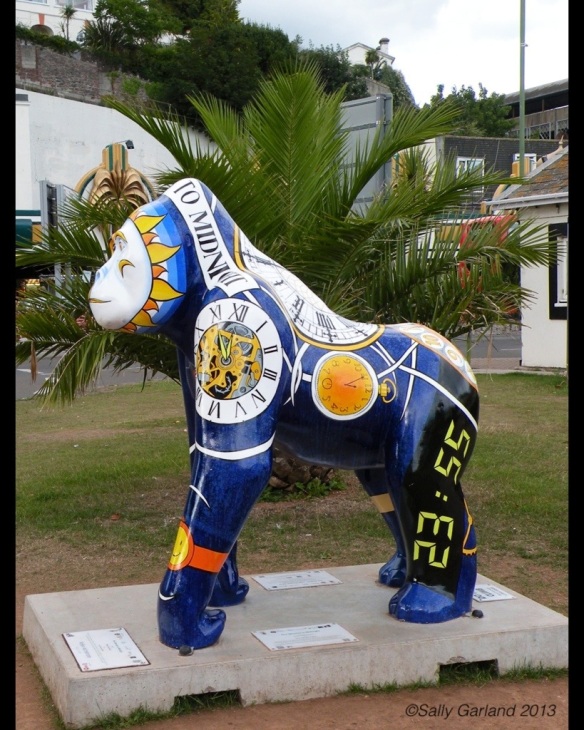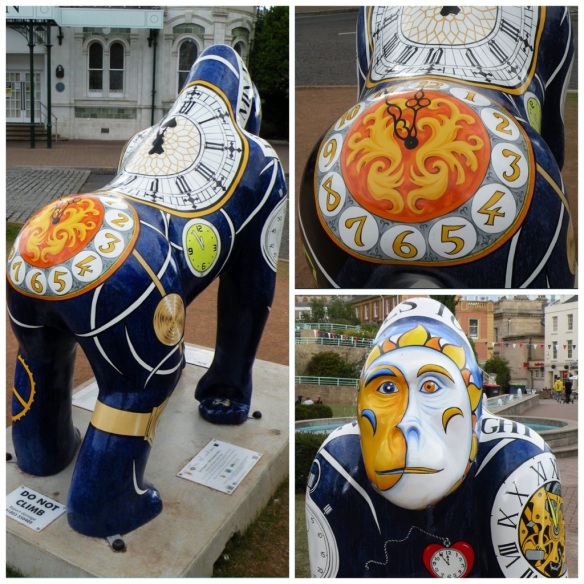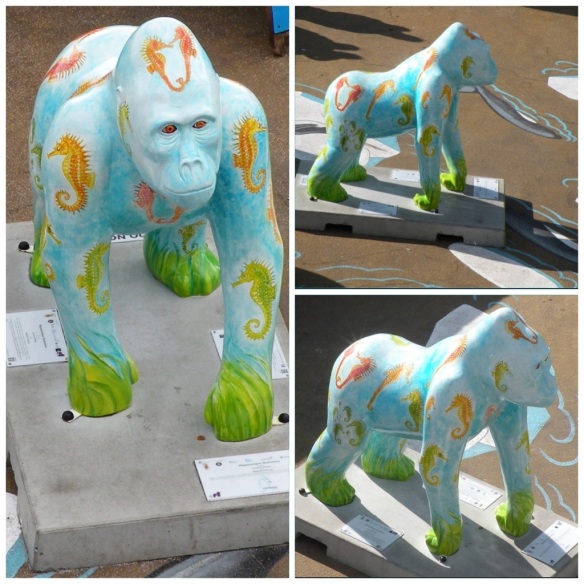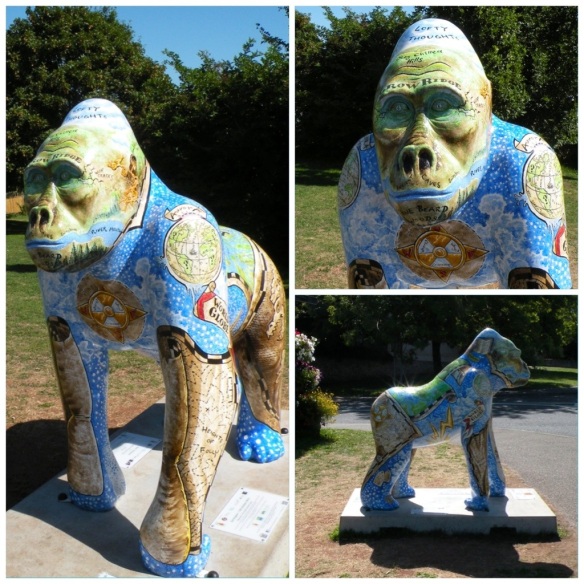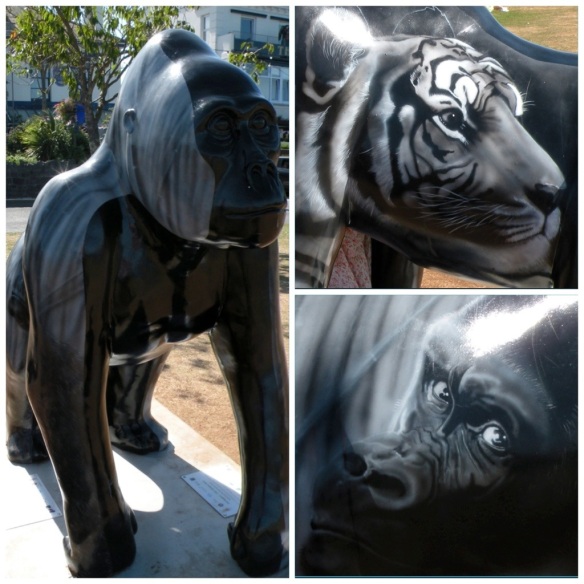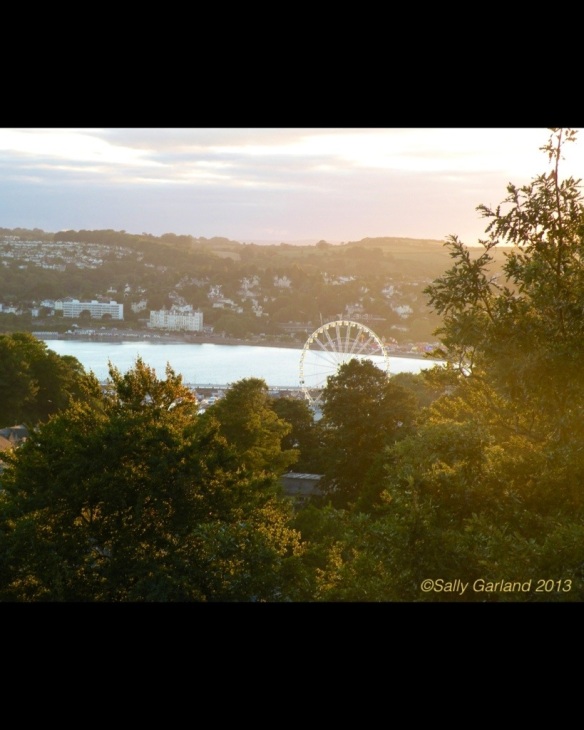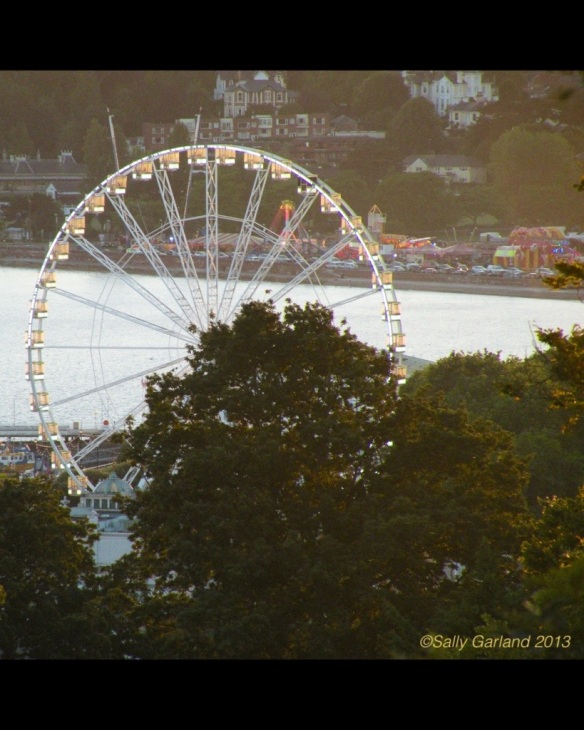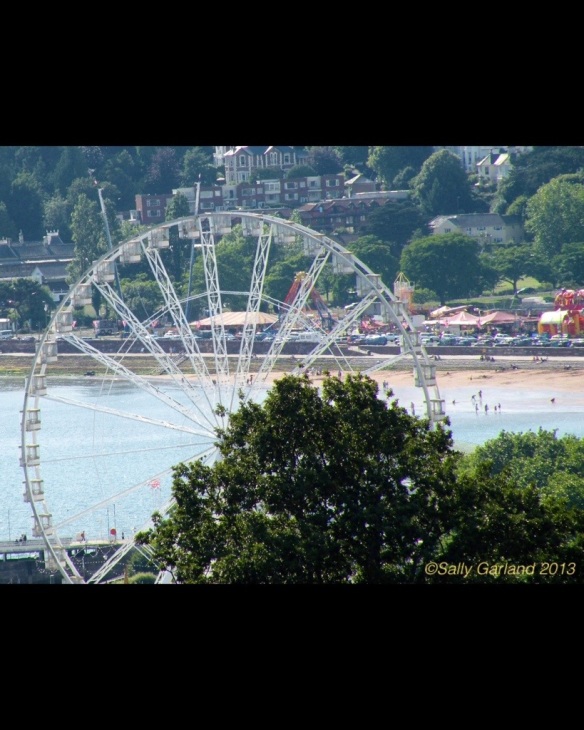A walk along the coastal roads of Torbay, Devon, particularly Torquay, my home town, is always a pleasure and full of surprises.
Stone steps and dirt paths lead to beautiful views of coast and sea. The coastal path runs close to the edge of unstable cliffs.

Sometimes there are a combination of man made structures…steel railings, wooden gates, brick arches, stone steps and buildings…and nature…which mostly blend and compliment.

The sea changes colour constantly depending on clouds and sunshine. Sometimes the sea is a jade green then it will turn to a silver grey then a deep blue…all in one afternoon.
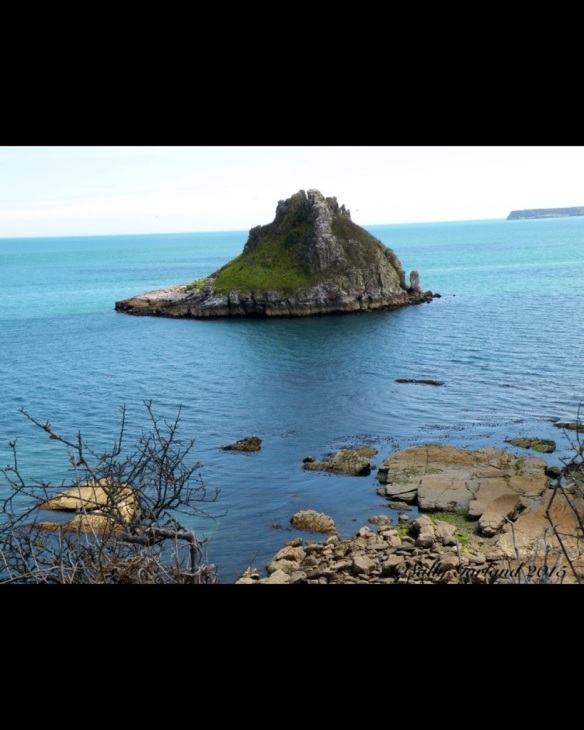
Trees, bent by the vicious winter wind, hold on to the earth with deep roots, their trunks and branches twisted.
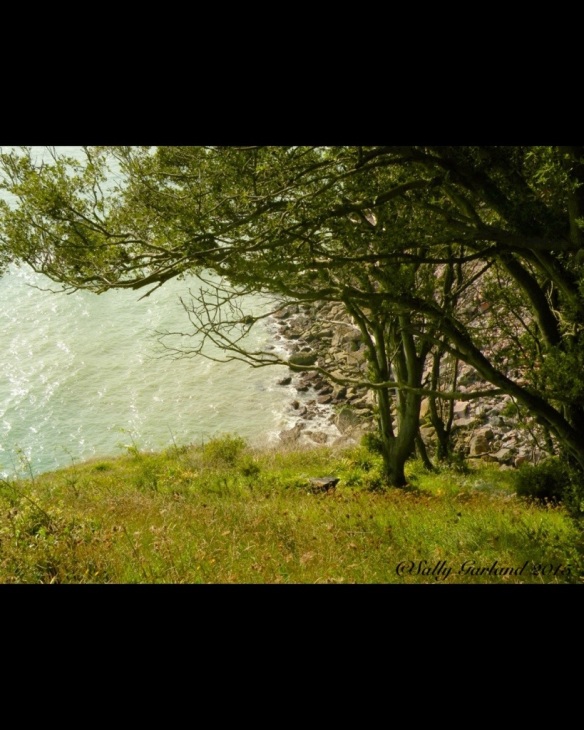
This time of year, autumn, sees coastal plants dying off and drying out. These delicate brittle plants cover hills and cliffs alongside robust green grasses and red berries and orange seed pods.

Birds…raptors, corvids and seagulls can be seen flying over the cliffs and sea and grey seals can still be found in some of our little coves.
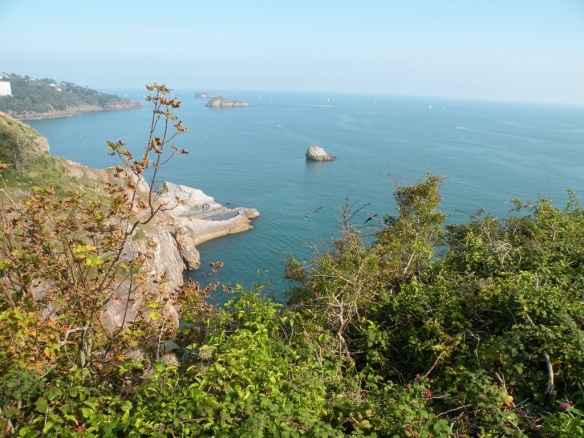
The idyllic picture I paint of my home county is so far removed from the inner city London council estate where I grew up.
People here pass by and greet me with a smile, not the look of suspicion I would expect on the estate.
Surrounded by ancient trees, wild flowers, the soothing sound of the sea, soaring sea birds and delicate butterflies, I could so easily forget the cold concrete, the dark stairwells, the stinking lifts…..but I don’t.
I’ll never forget that some people in this world…an increasing number thanks to certain governments, are born without hope and without the wherewithal to get out, as I did.
That’s why I occasionally tweet something political, because I care.
